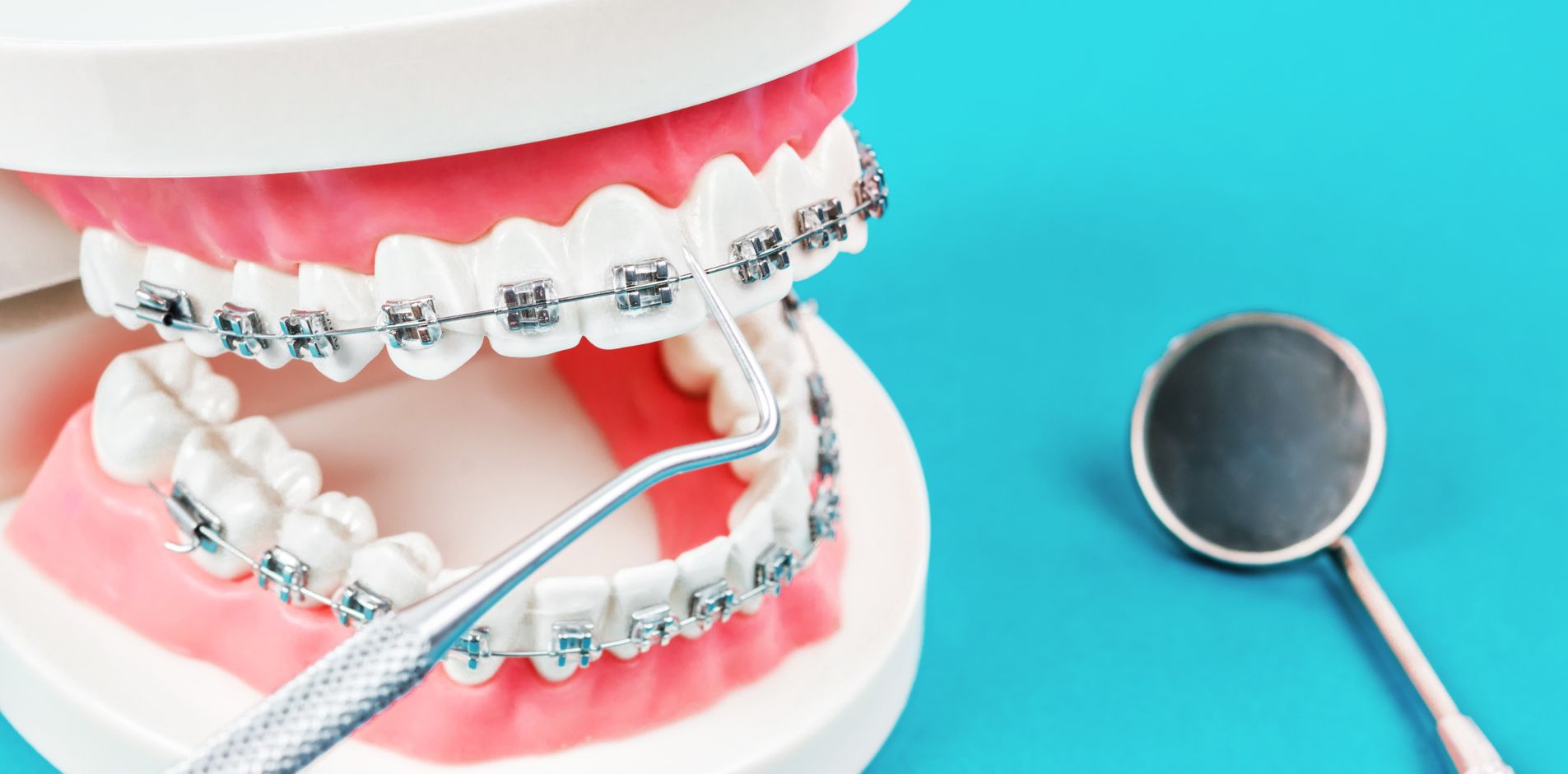Myth 1: Braces Are Only for Kids
Fact: While braces are often associated with teenagers, they are not limited to a specific age group. Many adults undergo orthodontic treatment to correct misaligned teeth, improve their bite, and enhance their smiles. Advances in orthodontic technology, such as clear aligners and discreet ceramic braces, have made treatment more appealing and accessible to adults.
Myth 2: Orthodontic Treatment Is Painful
Fact: It’s a common misconception that braces are extremely painful. While some discomfort is normal, especially after adjustments, modern orthodontic techniques aim to minimize pain and discomfort. Over-the-counter pain relievers can help manage any soreness, and patients often find that the benefits of treatment far outweigh any temporary discomfort.
Myth 3: Braces Are Only for Cosmetic Purposes
Fact: While improving the appearance of your smile is a significant benefit of orthodontic treatment, it’s not the only reason to consider braces. Correcting misaligned teeth and bite issues can improve oral health by making it easier to clean teeth effectively, reducing the risk of cavities, gum disease, and even jaw pain. Orthodontic treatment offers both cosmetic and functional benefits.
Myth 4: DIY Teeth-Straightening Methods Are Safe and Effective
Fact: With the rise of social media influencers promoting DIY teeth-straightening methods, it’s important to know that these approaches can be dangerous. Attempts to straighten teeth at home using items like rubber bands, paper clips, or 3D-printed aligners can lead to serious dental problems, including tooth loss, gum damage, and jaw issues. Orthodontic treatment should always be supervised by a trained professional.
Myth 5: Braces Must Be Painfully Tightened
Fact: While adjustments are a necessary part of orthodontic treatment, they should not be excessively painful. Orthodontists are trained to make adjustments gradually, ensuring a controlled and comfortable movement of teeth. Communication with your orthodontist is key—if you experience significant pain during adjustments, let them know so they can make necessary adjustments to the treatment plan.
Myth 6: Braces Are Unattractive and Noticeable
Fact: While traditional metal braces are still a common option, there are now many alternatives that are less noticeable. Ceramic braces use tooth-colored brackets for a more discreet look, while lingual braces are placed on the back of teeth, hidden from view. Clear aligners like Invisalign are nearly invisible and removable, offering a discreet option for those who prefer it.
Myth 7: Once Braces Are Removed, Teeth Stay Straight Forever
Fact: After braces are removed, a retainer is often prescribed to maintain the new alignment of teeth. Teeth have a natural tendency to shift over time, so wearing a retainer as directed by your orthodontist is crucial to prevent relapse. Regular dental check-ups and good oral hygiene habits also play a role in maintaining your straight smile.
Myth 8: Orthodontic Treatment Takes Years to Complete
Fact: The duration of orthodontic treatment varies depending on individual needs and the complexity of the case. While some cases may require longer treatment times, others can be completed in a matter of months. Advances in orthodontic technology, such as accelerated orthodontics, can also shorten treatment times for certain cases.
Myth 9: Braces Are Too Expensive for Most People
Fact: The cost of braces varies depending on factors such as the type of treatment, location, and individual orthodontic needs. Many orthodontic offices offer flexible payment plans to make treatment more affordable. Additionally, dental insurance often covers a portion of orthodontic treatment, so it’s worth checking with your provider.
Myth 10: Orthodontic Treatment Is Only for Severely Crooked Teeth
Don’t let myths and misconceptions prevent you from pursuing the smile you’ve always wanted. Orthodontic treatment has come a long way, offering effective, comfortable, and discreet options for patients of all ages. If you’re considering orthodontic treatment, consult with a qualified orthodontist to discuss your options and address any concerns.
